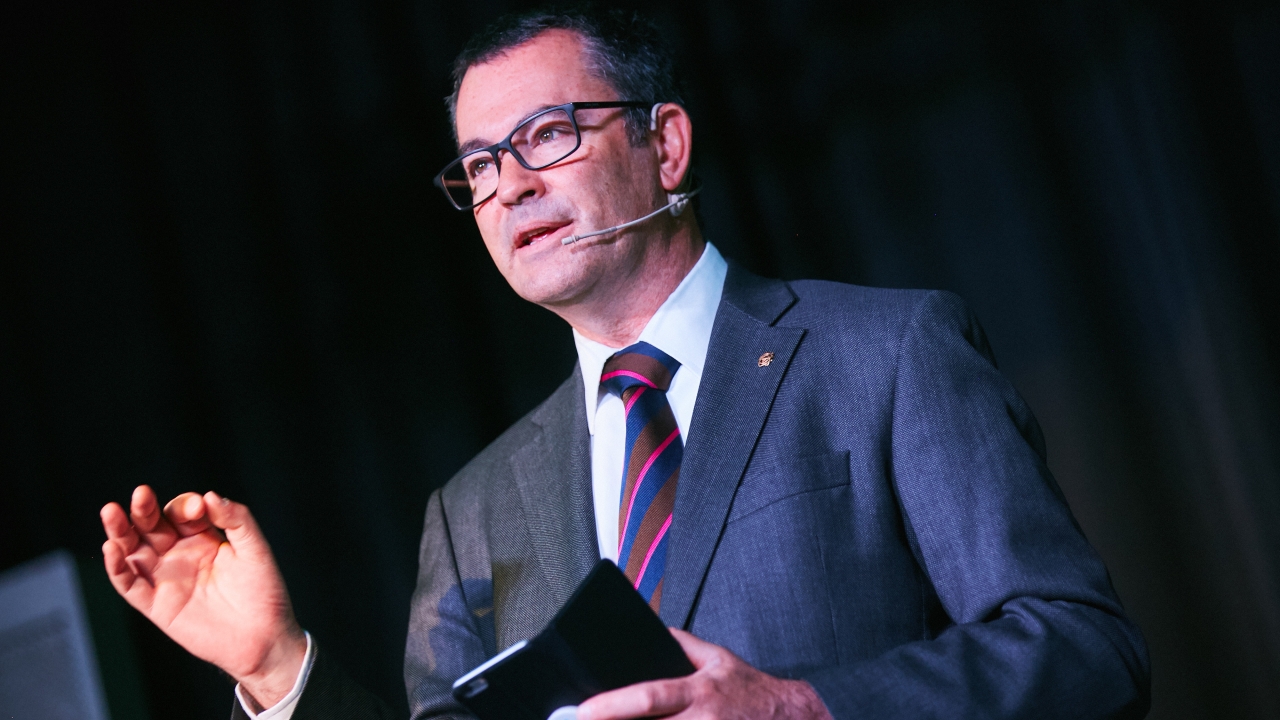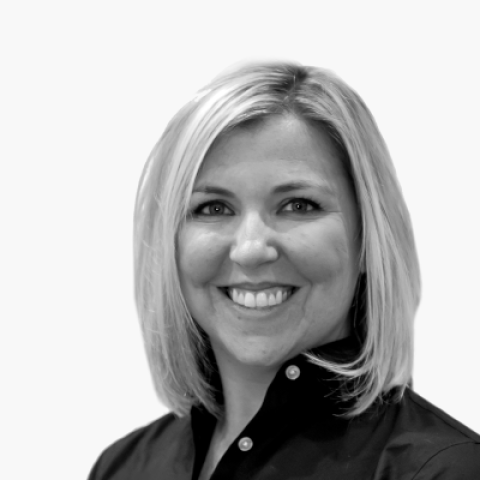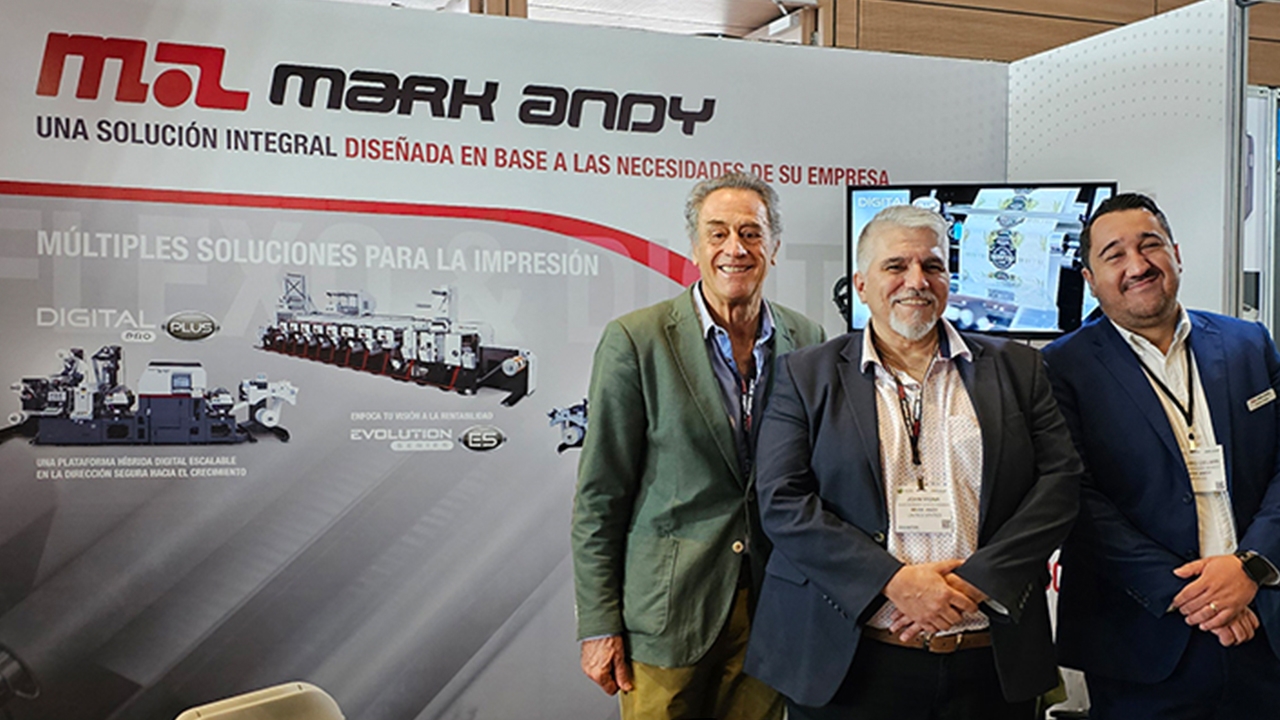Talking wine in Santiago

The 14th edition of Label Summit Latin America welcomed 815 converters, industry suppliers and other attendees to Espacio Riesco convention center in Santiago, Chile, for a two-day event in May. Visitors came from 28 countries in Latin American and beyond.
The attendance figure – the second-highest of all Label Summit Latin America events – significantly exceeded the event organizer’s expectations and reflects the country’s dynamic and competitive label sector, driven by its huge wine export market.
The two-day conference featured a strong focus on wine labeling – including a wine tasting workshop sponsored by UPM Raflatac – as well as a variety of other issues pertinent to the wider Latin American label market. More than 70 suppliers featured in the table-top exhibition running alongside the conference program.
Day one
The conference sessions kicked off with a keynote address from gold sponsor Avery Dennison, featuring Ronaldo Mello, vice president and general manager of Avery Dennison Latin America’s materials and visual communications division, and Ralph Olthoff, global segment director of wine, spirits and craft beer.
It’s no secret that wine consumers often choose wines based solely – or at least in a large part – by the label. As this trend continues, consumers expect luxurious wine labels, and often equate appealing designs with a higher price point, as designers play a larger role in the label production.
‘Shelf appeal is getting extremely important for wine,’ Olthoff said. ‘That means bigger labels on the bottle, more embossing, more hot foil stamping, greater variety of facestocks to shine on the shelf. This bottle should win over the bottle that’s next to it. That’s what consumers are looking for.’
Millennials, he said, are particularly picky when it comes to their wine. They expect a story to go along with their glass of chardonnay, and a label is typically the first chapter.
The opening day continued with an analysis of the Latin American wine and label market from Michel Sabelle, vice president of Chilean graphic arts association Asimpres and partner at local converter Artica Impresores.
Latin America has two dominating wine producing countries, Argentina and Chile, and the majority of exports from the region are going to China, the conference session revealed. Eighty percent of Chilean wines are exported.
‘Our savior today will be Asia. As an industry, we’re preparing ourselves for that,’ said Sabelle. Chile has a small but stable economy, but its wine market has come upon a tumultuous harvest season this year. Dozens of fires earlier damaged or destroyed more than 100 Chilean vineyards in what Wine Spectator magazine called ‘the worst wildfires in the nation’s history’. The vineyards seemed to have rebounded, but only time will tell what the long-term effects will be, said Sabelle.
A panel discussion featuring label converters from the Southern Cone brought together Javier Ibero of EADEC Chile, Juan Ignacio Molina of AMF Etiquetas in Chile, Jorge Garrido of Garino Hnos in Uruguay, and Jorge Palero of Palero Impresores in Argentina. The quartet discussed trends, opportunities and challenges in their local markets. With the market undergoing increasing consolidation, Acrus-CCL’s Aldo González discussed mergers and acquisitions. He highlighted pitfalls to avoid and weighed the benefits of forming new business associations such as optimizing profitability, growing scale to reduce costs and increasing investment in resources.
The first day also featured technology presentations by Esko’s Andres Soto; Flint Group’s Matias Katila; Jonathan Geiger of AVT; John Cavey of Mark Andy with distributor Davis Graphics’ Felipe Arias and Christian Tannen of local customer Rahue; HP Indigo’s Alex Mercon and Gonzalo Schroeder with customer Jorge Palero of Palero Impresores; Martin Fraire of Leftech; Pierre Panel of Codimag; and Miguel Valle of Goss International.
Day two
Day two began with a discussion on attracting skilled labor and retaining employees. Vicky Godia, executive director of Ingraf, a graphic arts training institution, said proper training has to be a priority in the printing industry. ‘With new technologies in the market, the industry needs to consider training as a fundamental tool,’ she said.
‘Training is crucial. There’s no doubt that this will be reflected in major improvements in productivity.’
Also on the panel was Carlos Eichholz, a director at Chilean converter Colorama and vice president of Ingraf, who provided the label converter’s perspective on the importance of training; Victor Castro, director of Escuela de la Industria Gráfica, a graphic arts training college, and José Bodet, business consultant and academic director at Antalis. Sean Murphy of Accraply discussed opportunities in shrink sleeve labeling. Gabriela Neves of Baumgarten explained how the Brazilian converter has completed its first product life-cycle analysis of two different liners – PET and glassine – measured the environmental impact from the extraction of raw materials all the way through to customer delivery.
Germark’s Iban Cid covered smart products and used customer case studies from Actimel, Alemany Honey, Caso Festina and Munich Sports to chronicle how the use of technology, such as augmented reality and RFID applications, can add value and increase the rate of units being sold.
The remainder of day two focused on sessions about wine labeling. Jos Kabouw of GM spoke about value-added finishing options; Jaime Dagnino of Anylabel and Carlos Scheuch of Colorama spoke about how short-run digital printing can cater to Chile’s increasingly fragmented wine sector (see L&L issue 3, 2017, for a full report); and Hernan Braberman of Tridimage provided the designer’s perspective.
Summarizing Chile’s wine market, Carlos Scheuch of Colorama described its stability in a simple way. ‘I like wine because wine is good, but I like wine even better because it’s not sensitive to economic cycles,’ he said.
‘What does this mean? It means in the high season you drink more; when there’s a bad season, you also drink. In other words, if we’re happy, we drink. If we’re sad, we drink.’
Hernan Braberman echoed Olthoff’s sentiments on millennials. He pointed out that this demographic makes up 30 percent of the world’s population and their buying power is becoming even more important. To sell to them, he said, ‘Start designing labels that connect the heart and mind of this generation.’
The event finished with a wine tasting sponsored by UPM Raflatac, which featured presentations from Edmund Ayres of UPM Raflatac and Juan Felipe Correa of Colorama, and wines served by local vineyard Viña San Pedro Tarapacá.
Tasha Ventimiglia, Labelexpo event director for the Americas, said: ‘As our first event in Chile, this year’s Summit was very highly anticipated. We are very pleased to report that it has been our second biggest-ever Summit to date with attendees coming from 28 countries including high numbers of Argentine, Brazilian and Peruvian converters. The Summit has been very constructive and given us an excellent chance to better understand the Chilean market with our speakers sharing their first class insight and expertise. We look forward to returning to Guadalajara next April.’
Stay up to date
Subscribe to the free Label News newsletter and receive the latest content every week. We'll never share your email address.



